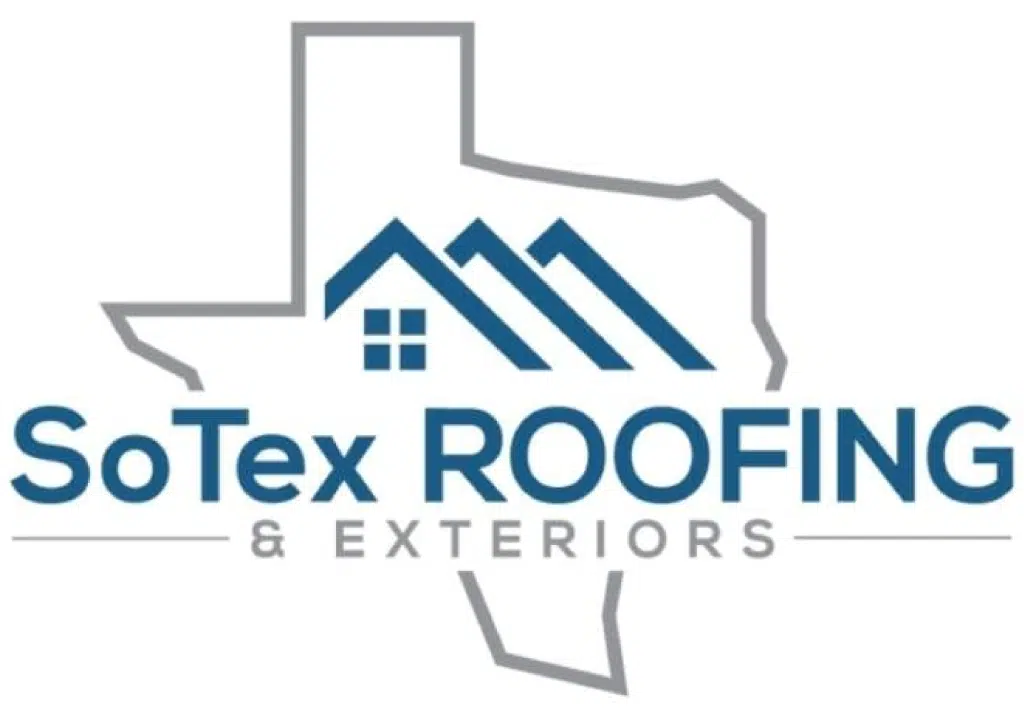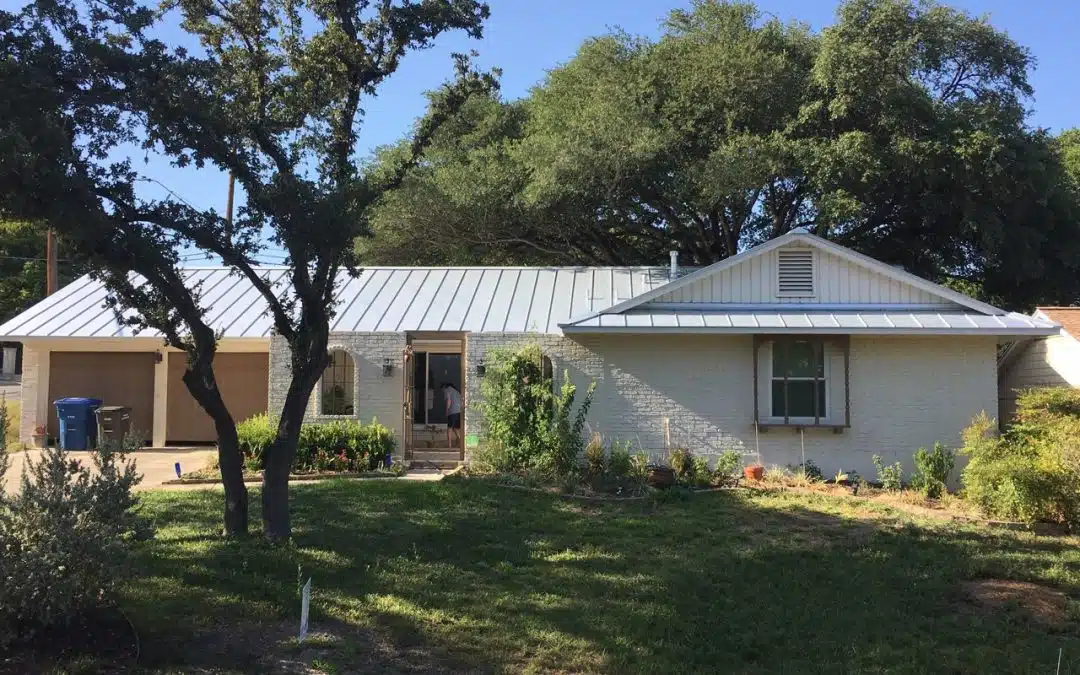Wind Damage to Roofs: Signs and Solutions
In the heart of Texas, San Antonio homeowners are no strangers to severe weather conditions that can wreak havoc on residential properties. Among these weather events, strong winds pose a significant threat to the integrity of your roof. At SoTex Roofing and Exteriors, we’ve seen firsthand how wind damage can compromise a home’s first line of defense. Understanding the signs of wind damage and knowing when to seek professional wind damage restoration is crucial for maintaining your property’s safety and value.
Understanding Wind Damage to Your Roof
Wind damage to roofs occurs when strong gusts lift, crack, or completely remove roofing materials. In San Antonio, where seasonal storms can bring winds exceeding 50 mph, even newer roofs aren’t immune to damage. Unlike other forms of roof damage that develop slowly over time, wind damage often happens suddenly during a single severe weather event.
What makes wind damage particularly insidious is that it may not be immediately noticeable from ground level. Many homeowners don’t realize they need wind damage restoration until small issues evolve into major problems like water infiltration, increased energy bills, or interior damage.
Common Signs of Wind Damage to Your Roof
Recognizing the early indicators of wind damage can save you thousands in potential repair costs. After any significant windstorm, we recommend San Antonio homeowners inspect their property for these telltale signs:
Missing or Damaged Shingles
The most obvious sign of wind damage to roofs is missing, lifting, or curling shingles. High winds can catch the edges of shingles and force them upward, breaking the seal that keeps them watertight. Even if they don’t blow away completely, compromised shingles can allow water to penetrate underneath, requiring professional wind and storm damage restoration to prevent leaks.
Granule Loss
When examining your gutters or the ground around your home after a windstorm, pay attention to accumulations of granules—the small, sand-like particles that cover asphalt shingles. Excessive granule loss indicates that wind has eroded your shingles’ protective layer, accelerating their deterioration and decreasing their effectiveness against the elements.
Damaged Flashing
Roof flashing—the thin metal strips installed at roof joints and around chimneys or vents—can be particularly vulnerable to wind damage. When flashing becomes loose or damaged, it creates entry points for water. During a wind and storm damage restoration assessment, our professionals carefully examine all flashing areas for signs of compromise.
Ceiling Stains or Leaks
Interior water stains, especially following a windstorm, are clear indicators that your roof has sustained damage. These stains typically appear as yellowish or brownish discolorations on ceilings or walls. If you notice new water stains after high winds, immediate wind damage restoration is necessary to prevent structural deterioration and mold growth.
The Science Behind Wind Damage
Understanding how wind affects your roof can help you better protect your investment. Wind doesn’t exert uniform pressure across your roof surface—it creates uplift forces similar to those that allow airplanes to fly. These forces are strongest at the edges, corners, and ridges of your roof.
When wind moves over a roof, it creates a pressure differential that can literally suction shingles upward. Once a single shingle is compromised, it creates a vulnerable point where subsequent wind can cause progressively worse damage, eventually necessitating comprehensive wind and storm damage restoration.
Preventative Measures Against Wind Damage
While no roof is completely immune to extreme wind events, there are several measures San Antonio homeowners can take to minimize potential damage:
Regular Roof Inspections
Annual professional roof inspections can identify potential vulnerabilities before they’re tested by severe weather. At SoTex Roofing and Exteriors, our detailed inspections look specifically for issues that could worsen during high winds, allowing for preemptive repairs that can prevent the need for extensive wind and storm damage restoration.
Quality Materials and Installation
The materials used in your roof’s construction significantly impact its wind resistance. Higher-quality shingles with proper wind ratings, when installed correctly by experienced professionals, can withstand much stronger gusts than standard materials. Investment in superior materials and expert installation is one of the most effective ways to prevent wind damage to roofs.
Proper Maintenance
Keeping your roof in good condition—clearing debris, replacing damaged shingles promptly, and ensuring proper drainage—helps maintain its structural integrity during high winds. Regular maintenance prevents small issues from becoming critical vulnerabilities during storms.
Wind Damage Restoration: The Professional Approach
When wind damage does occur, professional restoration is essential to return your roof to its protective function. Here’s what our wind damage restoration process at SoTex Roofing and Exteriors typically involves:
Comprehensive Assessment
Our experienced technicians perform a thorough evaluation of both obvious and hidden wind damage to your roof. This assessment includes examining the entire roofing system, from surface materials to underlying structures, documenting all areas requiring attention.
Insurance Assistance
Wind damage restoration often qualifies for insurance coverage, but navigating the claims process can be challenging. Our team provides detailed documentation and works directly with insurance adjusters to ensure you receive the coverage you’re entitled to for proper restoration.
Expert Repairs
Depending on the extent of wind damage, repairs might range from replacing individual shingles to more extensive reconstruction. Our skilled technicians use only high-quality materials and proven techniques to ensure your restored roof provides reliable protection against future weather events.
Preventative Upgrades
During the wind damage restoration process, we often recommend and implement improvements that can enhance your roof’s resistance to future wind events. These might include upgraded flashing systems, stronger fastening methods, or more wind-resistant materials.
When to Replace Rather Than Repair
While wind damage restoration through repairs is often sufficient, extensive or repeated wind damage may indicate that roof replacement is the more economical long-term solution. Our experts can help you determine whether repair or replacement offers better value based on:
- The age of your existing roof
- The extent and pattern of wind damage
- Previous repair history
- The likelihood of future wind damage based on your home’s location and roof design
The SoTex Approach to Wind Damage
At SoTex Roofing and Exteriors, we understand that wind damage to roofs requires prompt, professional attention to prevent escalating problems. Our approach to wind and storm damage restoration focuses not just on fixing immediate issues, but on strengthening your roof against future challenges.
San Antonio homeowners trust us for honest assessments, quality workmanship, and responsive service when wind damage strikes. If you’ve experienced recent storms or notice any signs of potential wind damage, contact our team for a comprehensive inspection and personalized restoration plan. With the right approach to wind and storm damage restoration, your home can continue to provide the protection and security your family deserves, regardless of what the Texas weather brings




Recent Comments